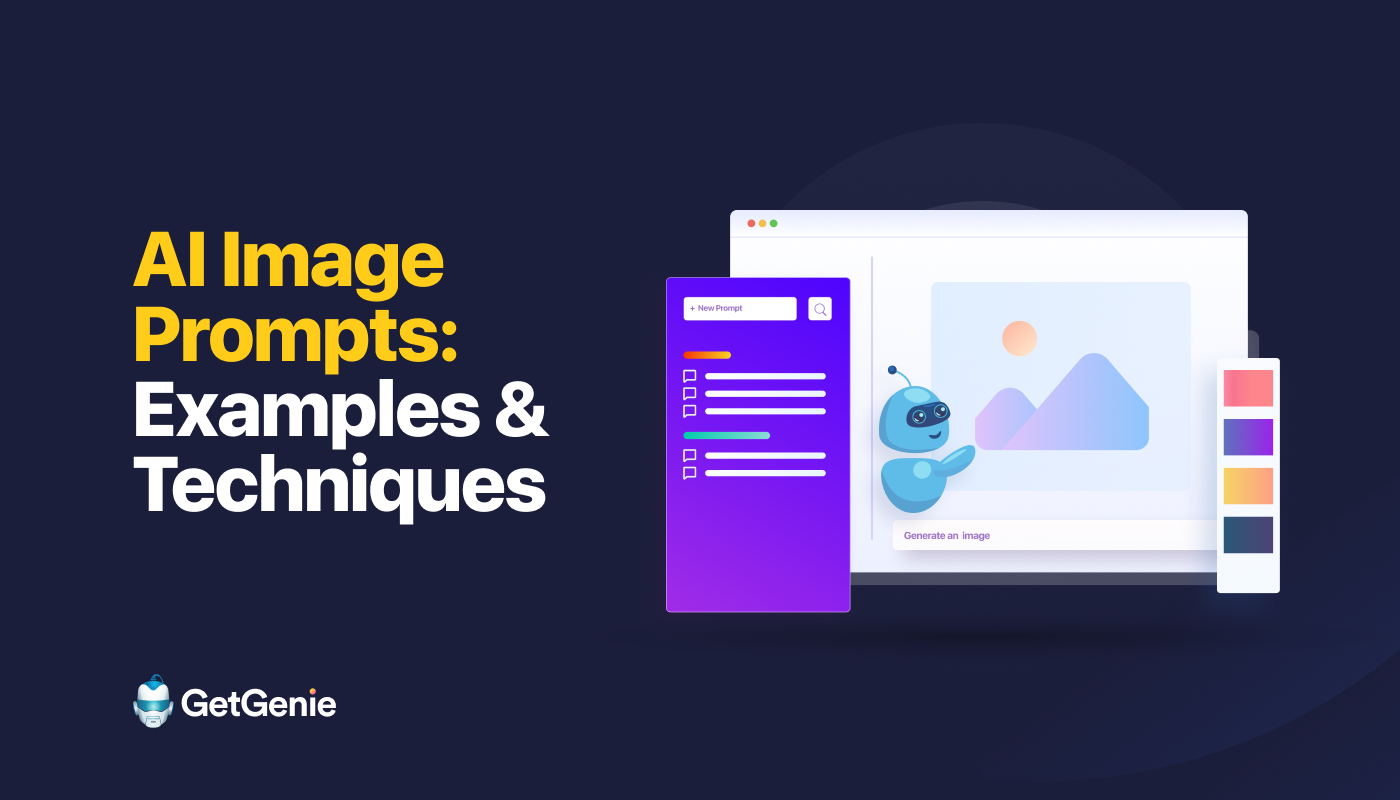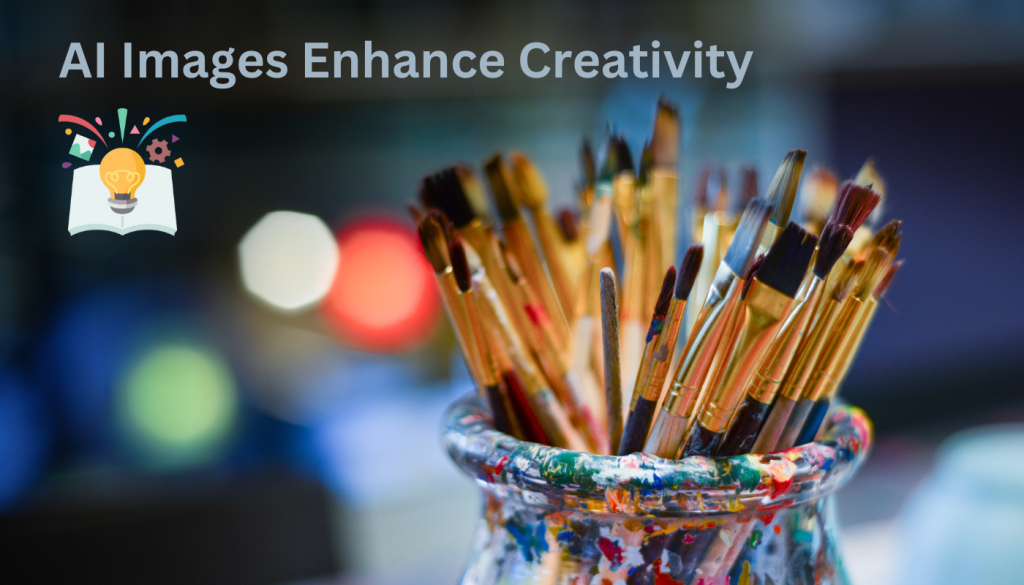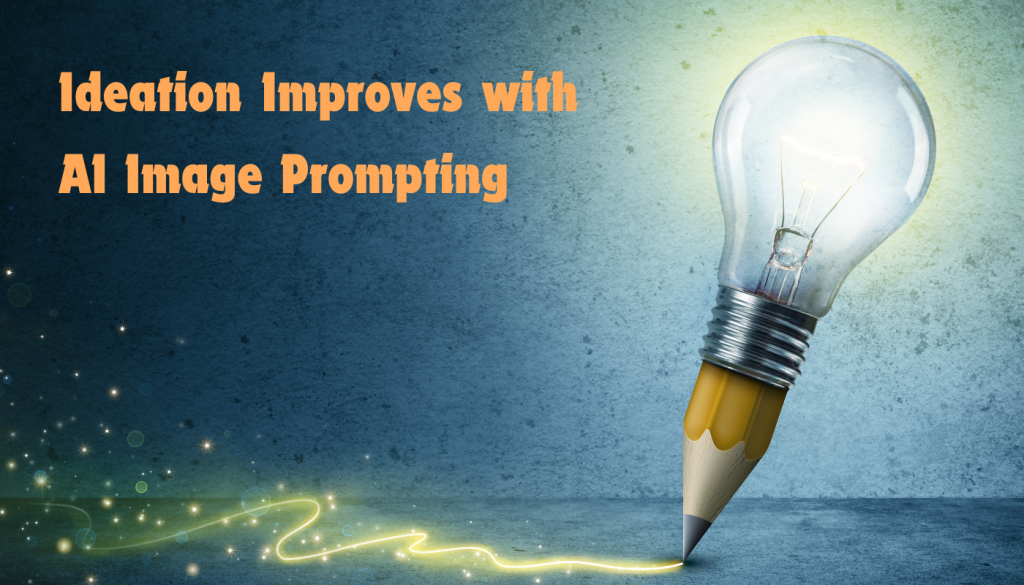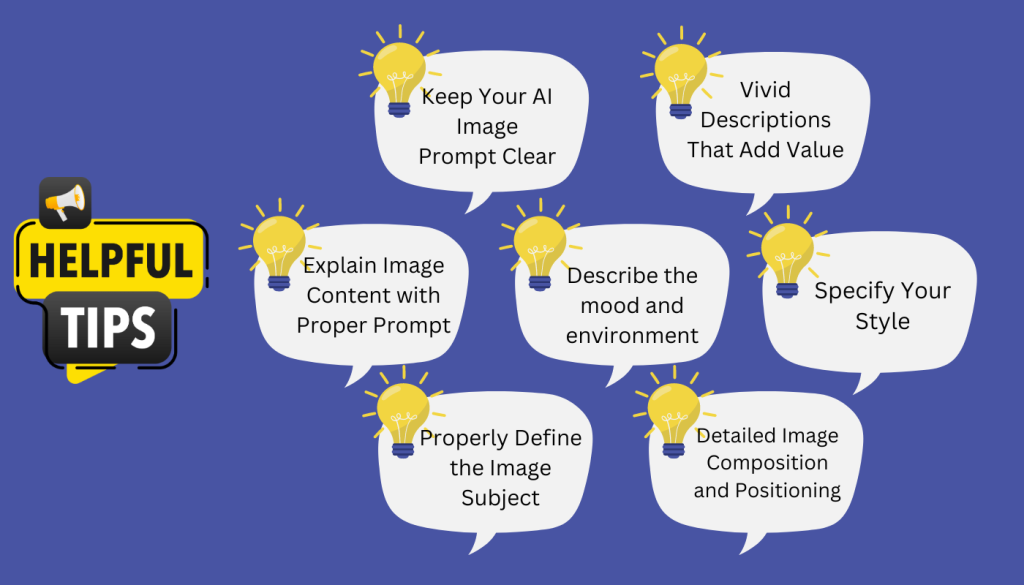Best practices for AI image prompts in 2025- Examples and Techniques

Did you know, over 15 billion images have been created using AI since 2022. It took photographers from over 150 years to reach the 15 billion photograph mark since the first photo was taken in 1825!
This mind boggling shift has taken place because crafting prompts for AI image generation is becoming a coveted trend nowadays. However, knowing how to write the prompts correctly and accordingly is vital for getting the best results from AI image generation tools.
In this post, we will talk about how to write AI image prompts with their best practices and examples. Also, we will share some tips to write in the correct style and format and avoid common mistakes.
Let’s begin then.
What are AI Image Prompts?
AI image prompts are textual descriptions crafted to instruct artificial intelligence (AI) models to generate specific images. These prompts act as a bridge between human creativity and machine execution. Users can transform their ideas into visual form through the power of AI.
The primary purpose of an AI image prompt is to provide the AI with enough information to accurately interpret the desired outcome. This involves specifying various elements such as the subject, setting, style, composition, and mood. For example, a prompt like “A serene forest scene with a gentle stream, dappled sunlight filtering through the leaves, creating a peaceful and calming ambiance” provides detailed instructions that guide the AI to generate a specific type of image.
Experimentation is encouraged in writing AI image prompts. Combining different elements and ideas can lead to unique and innovative images. For example, a prompt like “a futuristic cityscape with towering skyscrapers, neon lights reflecting off wet streets, and flying cars zooming by, all viewed through a retro 80s cyberpunk lens” mixes various themes to create a distinctive visual.
Benefits of Writing Effective AI Image Prompts
One of the key factors of harnessing this technology is honing the skill to write effective AI image prompts. Prompts are the instructions you feed the AI. These prompts are pivotal in guiding AI models to produce images that are visually appealing and also aligned with the creator’s vision.
Here are 8 significant benefits of writing effective AI image prompts:
✔️Enhanced Creativity
Well-crafted prompts stimulate the AI to explore creative boundaries, leading to the generation of unique and innovative images. By using various elements such as artistic styles, moods, and detailed descriptions, users can push the AI to create visuals that might not have been conceived through traditional methods. This opens up new ways of artistic expression and experimentation.

✔️Faster Work
Writing effective prompts can significantly reduce the time spent on creating the desired images. Clear and detailed prompts minimize the need for multiple iterations and refinements, enabling users to achieve their visual goals more quickly. This efficiency is particularly beneficial for professionals in fast-paced industries such as marketing, design, and media production.
✔️Cost-Effectiveness
Utilizing AI image prompts can be a cost-effective alternative to traditional methods such as hiring artists or photographers. By mastering the art of writing effective prompts, users can leverage AI to create high-quality visuals without incurring the expenses associated with manual creation. This would specially benefit small businesses and individual creators with limited budgets.
✔️Better Branding
For businesses, maintaining consistency in branding is crucial. Effective AI image prompts allow the creation of a cohesive visual identity across various platforms, content pieces, and materials. By specifying brand colors, styles, and themes in the prompts, companies can ensure that all generated images align with their brand guidelines, enhancing their overall brand image, which in turn will boost their content marketing efforts.
✔️Accessibility and Inclusivity
AI image generation democratizes the creative process, making it accessible to individuals with varying levels of artistic skill. Even if you don’t have a strong artistic background, effective prompts allow you to create high-quality visuals. This inclusivity fosters different creative voices and perspectives, enriching the digital art community.
✔️Enhanced Ideation
Writing effective AI image prompts can serve as a source of inspiration and ideation. The process of crafting detailed and imaginative prompts can spark new ideas and concepts that users may not have previously considered. Additionally, the generated images can inspire further creativity, leading to a dynamic and iterative creative process.

✔️Bulk Images at Scale
For large-scale projects that require numerous images, such as product catalogs or educational materials, AI image generation offers scalability. Effective prompts ensure that each image meets the desired quality and consistency standards, allowing for the efficient production of large volumes of visual content.
✔️Better User Engagement
Engaging visuals capture and retain the audience’s attention. By writing effective AI image prompts, creators can produce visually striking images that resonate with their target audience. This leads to higher engagement rates on digital platforms, enhancing the overall effectiveness of SEO and content marketing efforts.
The benefits of writing effective AI image prompts are multifaceted, encompassing precision, creativity, efficiency, and inclusivity. By honing this skill, users can take immense advantage of AI technology, transforming ideas into compelling visuals.
Tips for Crafting Prompts for AI Image Generation
Now, let’s learn some tips and techniques for crafting these image prompts.

Keep Your AI Image Prompt Clear
When creating AI image prompts, simplicity and accuracy are key. Long, complex sentences can confuse the AI and lead to inaccurate outputs. Instead, break down your prompt into short, clear phrases and keywords.
For instance, instead of writing: “A realistic image of the moon on the night sky with shining white light over the undulating waves of the ocean”
You can try: “A realistic image of the moon shining over the ocean waves at night.”
Explain Your Image Prompts with Proper Adjectives
You should try to begin with a clear description of your image. Determine the type of image you want – is it a photograph, a 3D rendering, a sketch, or something else? This helps set the stage for the AI.
For our above example, it would be “A realistic, serene image”.
Clarity and specificity are crucial in crafting effective AI image prompts. A vague prompt such as “a cat” may result in a generic image. In contrast, a more detailed prompt like “a fluffy orange cat with green eyes, sitting in a field of sunflowers under a clear blue sky” gives the AI precise guidelines to create a more accurate and visually appealing image.
Properly Define the Image Subject
Next, define the subject of your image. This could be an object, animal, person, or an abstract concept. The more specific you are, the better the AI can understand and create the image.
For the aforesaid example, “A realistic image of the moon” is the subject.
Other examples in other contexts could be:
🔵 “A vector image of a chair”
🔵 “A Portrait of Isaac Newton”
🔵 “A 3D Image of Batman”
Vivid Descriptions That Add Value to Your Output
AI isn’t inherently creative; it needs clear instructions. Enhance your prompt with details like colors, textures, and settings to achieve the desired output.
Examples:
🔵A roaring lion with dense fur in a forest”
🔵 A red-colored, shiny shoe with high heels, slightly chiseled toe, and standard width”
Describe the mood and environment of the image
Additional factors that can significantly enhance the output of the image are the actions, moods, and backgrounds in your prompt. Describing the environment accurately makes the job much easier and smoother for AI.
A couple of examples include:
🔵”A dancing cat roaming on a table in a circus tent”
🔵”The moon shining in the starry night sky, lighting up the darkness around”
Detailed Image Composition and Positioning
Don’t forget to specify image composition elements such as resolution, aspect ratios, and positioning. This helps the AI generate an image that meets your exact needs.
For instance:
🔵 “A close-up, realistic image of a fierce lion, with a forest fire background, in 4K resolution”
🔵 “A wide shot of a shiny brown table from a corner view, in abstract impressionist style”
Specify Your Style
In addition to the basic elements, users can enhance their prompts by referencing specific artistic styles, famous artists, or particular techniques. Mentioning a style like “a surreal landscape in the style of Salvador Dalí, with melting clocks draped over a twisted tree in a barren desert” guides the AI to create images that align with a particular aesthetic, adding another layer of depth and creativity.
Using these strategies, you can craft effective AI image prompts that produce accurate and compelling visual results. Experiment with different combinations and details to refine your prompts and unlock the full creative potential of AI-generated imagery.
Example with an AI Image Generation Tool (Genie Image)
So finally, let’s look at how to write an AI image prompt using a solid AI tool, Genie Image. This tool works as a WordPress Plugin and creates images as instructed by the user. Some other popular names include Canva, Adobe Firefly, Dalle – 3, Midjourney, Picsart, Pixlr, etc.
You may also check out this ➡️ Documentation on Using Genie Image ⬅️ for more details.
Common Mistakes to Avoid
Learning how to write AI image prompts would be incomplete without knowing the common mistakes that you need to avoid. Without tackling these issues, you can’t apply the best practices for AI image prompts:
🟥Failing to Strike a Balance in Prompting
It’s important to strike a balance between providing enough detail and overwhelming the AI with too much information. Overly complex prompts can lead to cluttered images, while overly simplistic ones may result in generic outputs. The key is to focus on the most important elements and ensure the prompt is concise yet informative.
🟥Ignoring Context
This is an issue many users and prompters miss when writing prompts for AI art. Keeping your main purpose and aesthetics in mind, you have to write prompts that yield the correct outcome. Remember, AI is an assistant, not the performer of the task. You will have the final say, thus, poorly describing the prompt and missing the context will result in deviated outcomes.
🟥Not Adhering to Copyright and Licensing Issues
When using AI image generators, it’s important to consider copyright and licensing. These tools create impressive images, but they often use large datasets of existing images, which may have copyright restrictions. Make sure to follow copyright laws and obtain the necessary permissions for your intended use. Ignoring these considerations can lead to legal issues and hurt your reputation.
🟥Missing Composition and Design Principles
Mastering composition and design principles is crucial for creating visually striking images that convey your message effectively. Even with AI tools, a solid grasp of these principles is necessary to produce compelling and impactful visuals.
Overlooking composition and design can lead to unbalanced and uninteresting images that fail to engage your audience. When generating an image, consider key elements such as the rule of thirds, symmetry, leading lines, and focal points to craft compositions that captivate viewers and deliver your message.
🟥Failing to Modify and Edit Generated Images:
AI image generators can create impressive visuals, but they might not always perfectly match the look or feel you’re aiming for without manual adjustments. Neglecting to fine-tune AI-generated images can result in visuals that lack authenticity or fail to convey your intended message effectively.
Modifying might include tweaking colors, adjusting contrast, refining details, or combining elements from multiple generated images. By investing time in these manual adjustments, you can ensure the final images align perfectly with your vision and meet your specific requirements.
Summing up…
AI image prompts are powerful tools that enable users to leverage AI technology to create visual representations of their ideas. By crafting clear, specific, and descriptive prompts, users can guide AI models to produce detailed and accurate images that align with their creative vision.
This interplay between human creativity and machine learning opens up a world of possibilities for innovative and personalized digital art.

